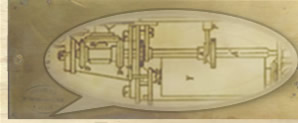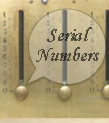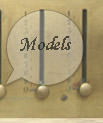Do not worry! This is really not complicated. After the enclosure is opened the plate with cursors, reversing lever (addition/subtraction) and crank appear. Another moving plate, called carriage, has windows showing the result of the operation (totalizer) and the crank revolution counter (counter). A special mechanism allows resetting to zero totalizer and counter (clearing buttons).
Addition
One moves cursors on the scale 0 to 9 to set a desired value. When crank is subsequently turned once, magically the same number appears in totalizer windows! To add a number to the one already registered, there is nothing simpler. We move again cursors to a new desired value and turn crank around again, we can now see total in totalizer windows.
Multiplication
Multiplication is nothing more than sum of additions! 2012 x 3 is 2012 + 2012 +2012. It is sufficient, after setting cursors to position 2012, to turn around 3 times the crank, and the result is here! If the multiplicator has multiple digits (e.g. 23) we will start using carriage. One can turn around the crank 23 times, but this can be done faster. The best is to work with decimal positions.
No! No! Do not stop now! We will take care of the units (3) and then tens (20). First we will turn around three times the crank, this is already done, and then we will shift the movable carriage right and turn around twice the crank. Counter will show 23 and totalizer will show 46276.
Subtraction / Division
Positioning reversing lever simply allows turning totalizer in opposite direction. Yes! We can say that division is also sum of subtractions!!!
A Little Bit about Mechanics
All the ingenuity of the arithmometer is hidden under its cover/plate. When we move a cursor, a moving pinion will be positioned along the cylinder with varying length teeth. E.g. for digit 4 pinion should encounter four teeth and it should transfer 4 units to totalizer.
Another key element is a mechanical transmission of carry. If we add 6 and 4, we have to display 0 in the totalizer’s units window and one in tens window. We can say that the carry issues have been at the heart of calculators’ inventions since Pascal till Thomas.
But this is another story. …I have promised to present you artithmometer in only a few minutes..
|











